The Festival Terras sem Sombra arrives for the first time in Reguengos de Monsaraz, on the weekend of February 23rd and 24th, taking to the heart of the Alentejo region one of the most renowned chamber music ensembles of today, the Trio Arbós.
This concert is also the first act of Mostra Espanha 2019, the result of the Portuguese-Spanish bilateral collaboration.
A musical program of excellence is combined with echoes of the mural painting from the time of King Manuel I, between aesthetics and politics, and a stimulating reading of the landscapes of a unique municipality, today bathed by Lake Alqueva, where tradition and modernity. In partnership with the Municipality of Reguengos de Monsaraz, Terras sem Sombra highlights the identity of a unique territory.
When chamber music triumphs
The church of Nossa Senhora da Lagoa, the parish church of Monsaraz, opens its doors on Saturday, 23, at 21 pm, to host the concert The Natural Order of Things: Spanish and Portuguese Music from the End of the 30th Century.
Supreme masters of the late-Romantic repertoire, pianist Juan Carlos Garvayo, cellist José Miguel Gómez and violinist Cecilia Bercovich present a repertoire of great beauty, composed of works by Felipe Pedrell, Joaquín Malats and Enrique Granadas, which enhance the expressive potential of musical literature for trio.
They were joined by three fados by Alexandre Rey Colaço, transcribed especially for a trio by Garvayo, a noteworthy musicological rescue. A beautiful challenge for the group awarded in 2013 with the National Prize for Music in Spain.
Son of a French father and Spanish mother, but with Portuguese roots, Rey Colaço was born in Tangier, in 1854, and died in Lisbon, in 1928. His work is a testament to the intense relationship between Portuguese and Spanish musicians in the transition from the XNUMXth to the XNUMXth century. the XX.
The fresco of the Good and the Bad Judge
In 1958, in the old court of Monsaraz, an unusual fresco painting from the end of the XNUMXth century was discovered, allegorically evoking the Divine and Human Justice.
A careful observation of the panel's rare iconography allows us to understand it in the light of the time, highlighting a topic that was much debated at that time, that of the good government of peoples, evident in a famous work by Diogo Lopes Rebelo, dedicated to King Manuel I, who places the king “closer and closer to God” – a harbinger of absolutism.
The recent deepening of the plastic and scientific analysis of this set has also provided new readings for understanding the allegories surrounding straight justice and fraudulent justice.
These various dimensions focus the attention of the heritage activity of Terras sem Sombra, which will take place on 23, from 15:00 pm.
Guides in this approach to a masterpiece of Portuguese late-Gothic art are historian Ana Paula Amendoeira, regional director of Culture of Alentejo, and chemist António Candeias, from Laboratório Hércules, who coordinated the recent intervention of this structure of the University of Évora in the mural composition of Montesarense.
For an Alentejo transformed by Alqueva
The morning of Sunday, 24, will be dedicated, from 9:30 am, to the interpretation of the landscape of the municipality of Reguengos de Monsaraz, under the guidance of geographers Teresa Pinto Correia and José Muñoz-Rojas.
Traditionally, it dominated the cork oak forest, especially holm oak, with livestock production and associated with cereal areas. In contrast, the vineyard and the traditional olive grove occupied countless parcels dedicated to small family farming.
In recent decades, however, this structure has undergone important changes. The vineyard has expanded into more specialized production units, which are already aimed at a global market.
The traditional olive grove remains, but other plots with intensive and super-intensive production were installed. In addition, the Alqueva lake reservoir brought about a remarkable transformation.
"Thinking about the future and the quality of life of those who live in this landscape and those who relate to it, it is important to understand such dynamics, to assess what is lost and what is gained and what challenges are posed to an integrated management", explains organization of the Festival Terras sem Sombra.
All activities, organized in partnership with the Municipality of Monsaraz, are free access and without prior registration.
Next, the Shadowless Lands part to Valencia de Alcântara, Olivença, Beja, Elvas, Cuba, Ferreira do Alentejo, Odemira, Barrancos, Santiago do Cacém and Sines.
REGUENGOS DE MONSARAZ
February 23
15h00 - The Good and the Bad Judge: Allegories of Justice at the Monsaraz Hearing
Fresco Museum, Largo D. Nuno Álvares Pereira, n.º 12, Monsaraz
21:30 pm – Mother Church of Nossa Senhora da Lagoa
The Natural Order of Things: Late XNUMXth Century Spanish and Portuguese Music
Trio Arbós
Violin Cecilia Bercovich
Cello José Miguel Gómez
Piano Juan Carlos Garvayo
February 24
09h30 - Interpreting the Landscape: Reguengos de Monsaraz and its Hinterland
Meeting point: Paços do Concelho, Praça da Liberdade, Reguengos de Monsaraz
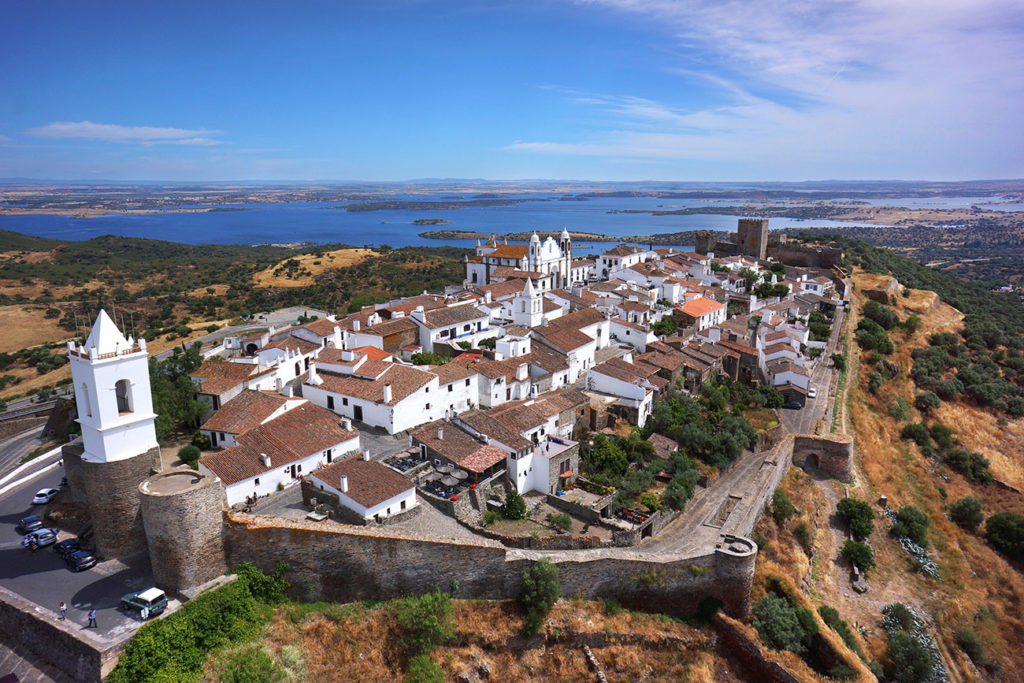
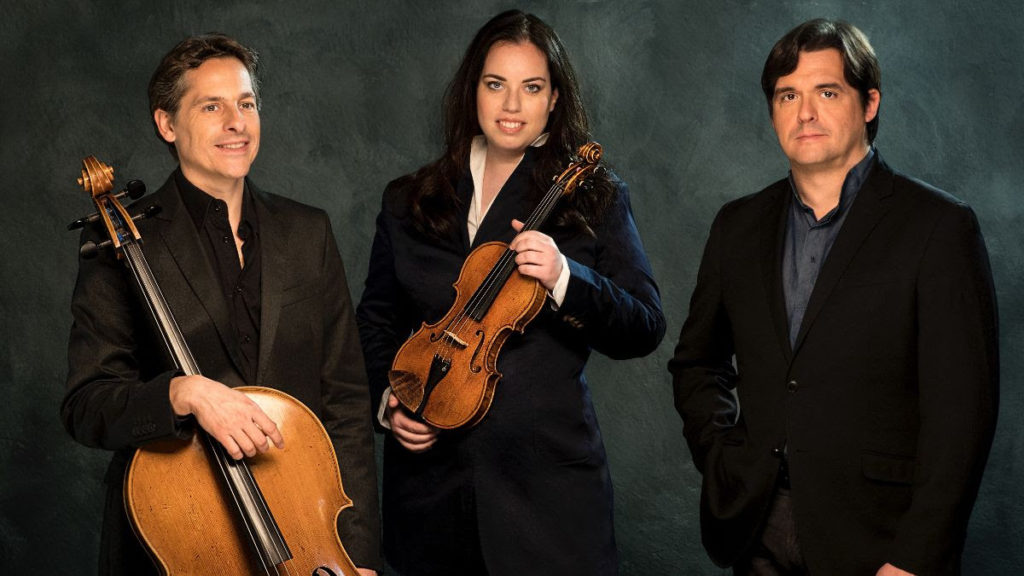
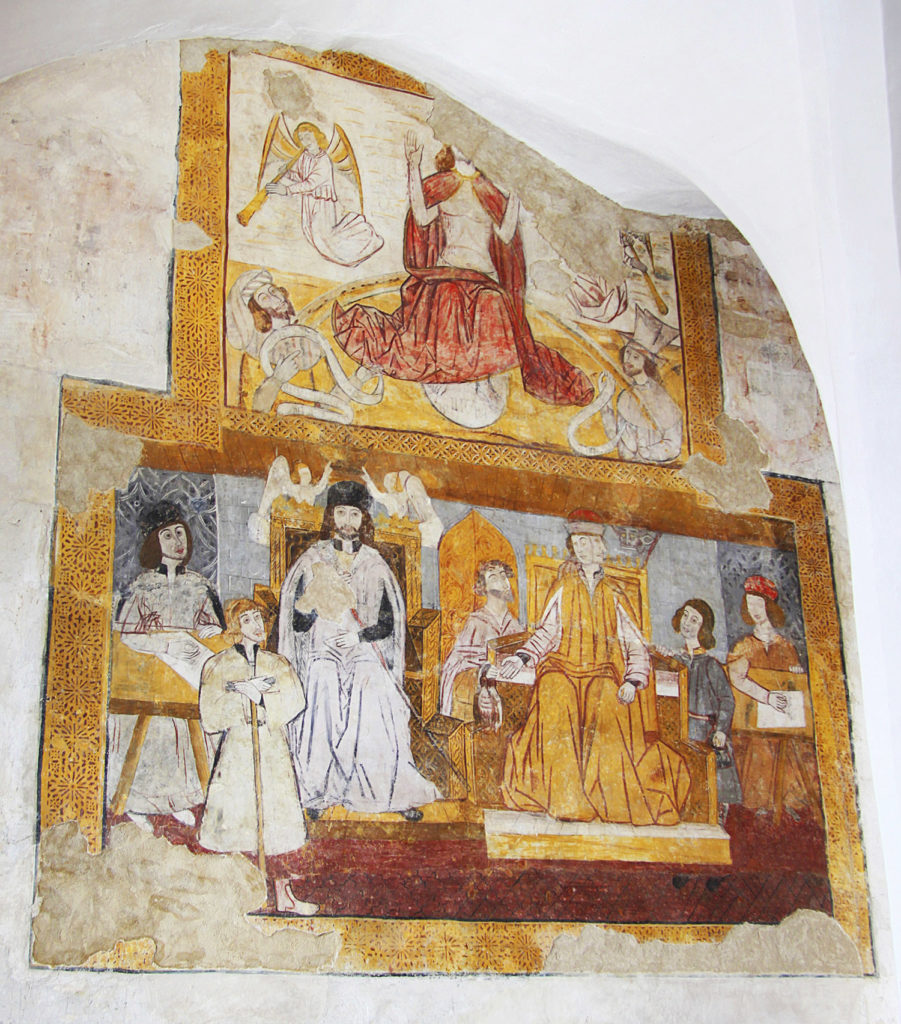
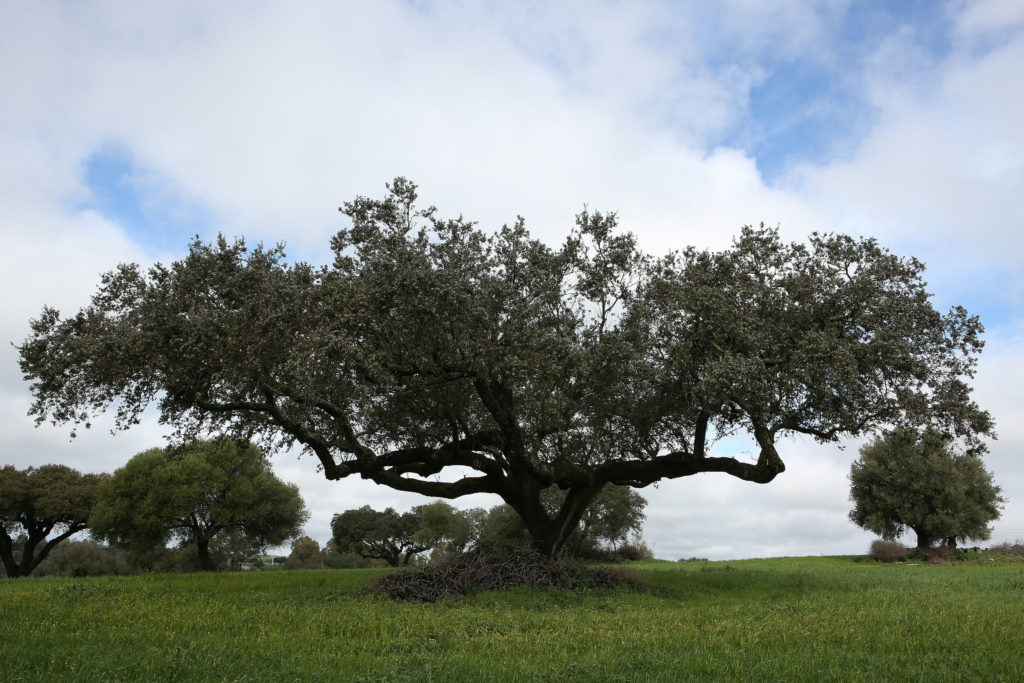
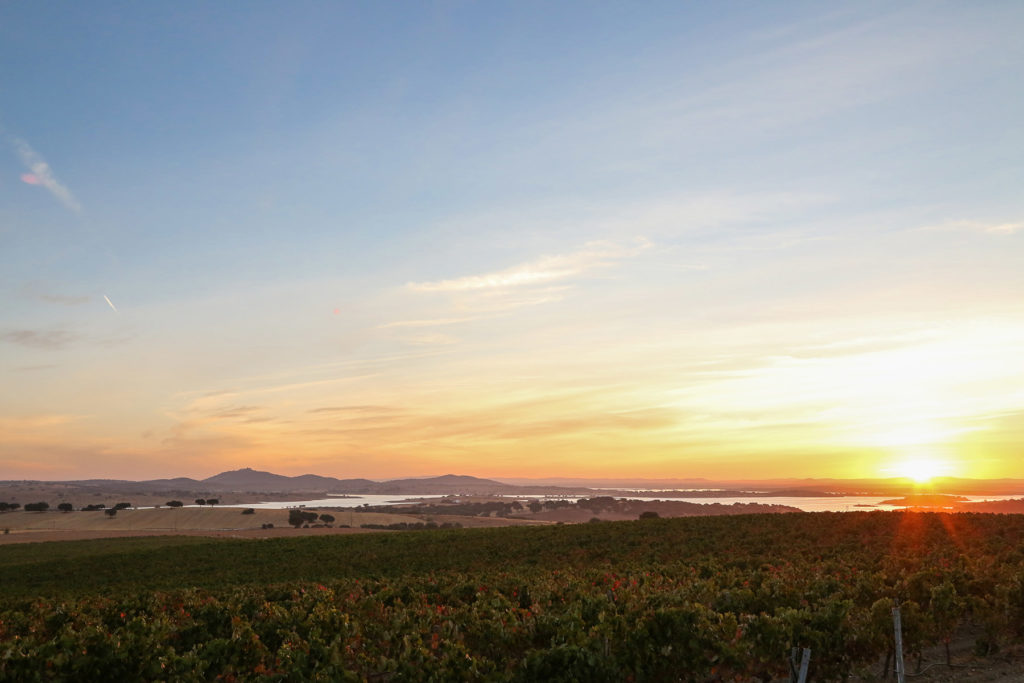


















Comments